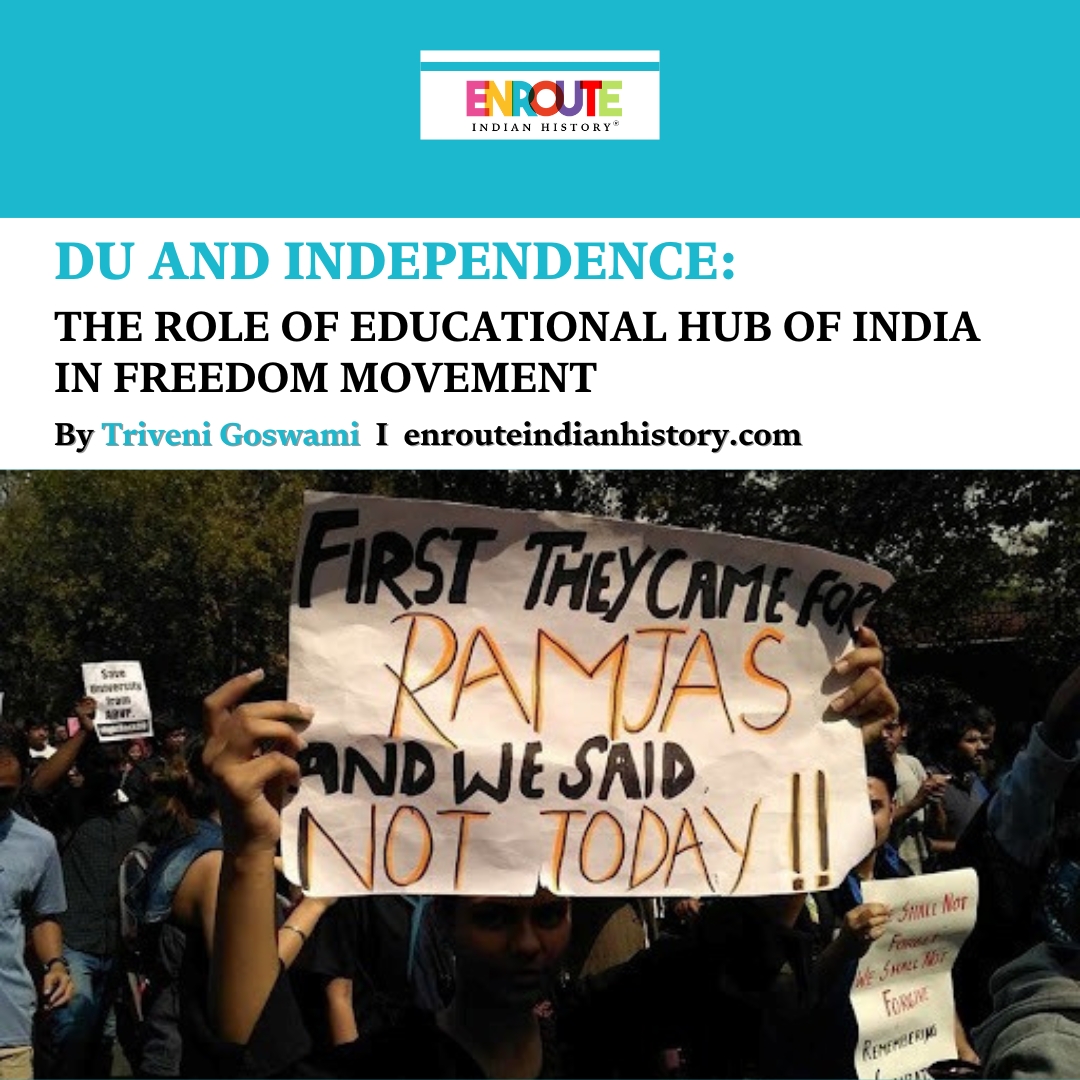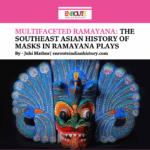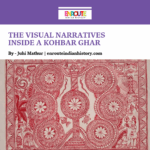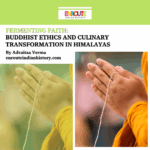DU and independence Subtitle: The role of educational hub of India in freedom movement
- EIH User
- August 16, 2024

Delhi University
The name Delhi University today is associated either with high cut offs or radical student movements. Spread across the city, the University of Delhi has its niche aesthetics, academic achievements, vibrant college societies, fests, food spots, and student movements. To say that Delhi University is simply one of the best educational institutions in the country is to undermine the fact that Delhi University is also an entity that has groomed some of the best leaders of the world.
With a rich history and enlightening vision, Delhi University has contributed, since its inception to major political and historical events, including the freedom movement. Although established by the colonial power, it has always had strong connections and leaning towards the cause of independence. Instilling in its students and faculty the values of liberty and rights, Delhi University contributed to the freedom movement by producing a strong alumnus that believed in the common values of humanity
Founding of Delhi University
British India education had gained momentum back in the 1800s as Macaulay crystallized his beliefs on the soft power of education enabling the colonisers to dominate Indian subcontinent. While universities were being set in the 1800s itself, the early parts of 1900s saw the establishment of some of India’s finest educational institutions. While passed in 1912 itself, the proposal for the creation of a central university in Delhi saw the light of day in 1922. It was officially created established by an Act of the Central Legislative Assembly. Lord Chelmsford, the then-Viceroy of India, lay the university’s foundation stone on March 1, 1922. Thus began the start of an educational institution that would go on to become the centre for learning, with world-class education and some of the best recruited faculties.
Hari Singh Gour, a distinguished lawyer and educationist, was one of the first vice-chancellors of Delhi University. At the time of its inception Delhi University had only three colleges and 750 students. Up until 1933, the Viceregal Lodge Estate was the home of the Viceroy. However, from 1933 it housed the office of the Vice Chancellor.
Sir Maurice Linford Gwyer was a British judge and came to India to serve as its Chief Justice in 1937. As fate would have it, he became the Vice-Chancellor of Delhi University and made significant additions to the institute. Aparna Basu, late history professor at DU noted, “Sir Maurice conceived of Delhi University as a miniature Oxbridge. He dreamt of a cluster of small residential colleges around the core of the university.” He actively recruited some of the finest faculty members Delhi University ever had including Prof. D.S. Kothari in Physics, Prof. T.R. Sheshadri in Chemistry, Prof. P Maheshwari in Botany and Prof. M L Bhatia in Zoology. He is also credited with the introduction of postgraduate courses in the university.

Sir Maurice Gwyer, Source: National Portrait Gallery
While the colonial powers, invested their resources in Delhi University with similar motivations that drove Macaulay and others to develop the educational system in India, it soon backfired. Education has the power to transform subversion into rebellion, and that is exactly what happened in many colleges of Delhi University. The British era was crumbled with the same education it used to build it.
Delhi University’s role in freedom movement
Delhi University and the freedom movement of the country have been intertwined and have crossed paths, both deliberately and through indirect sources. The colleges of Delhi University had proven their commitment to the cause of liberty, rights and equality; and a growing consciousness developed amongst its students and faculty that prohibited them from sympathizing with the colonial powers.
St Stephen’s college, one of DU’s oldest and most promising colleges, played a key role in the movement. Lala Har Dayal developed his beliefs in this very college before becoming the General Secretary of the Ghadar Party, which was created in San Francisco and eventually became a vanguard of the freedom struggle. Similarly, Sir Chhotu Ram, a major leader of Punjab’s Unionist Party, benefited from St. Stephen’s thought-provoking environment. Several more freedom fighters who made significant contributions to the Indian independence movement graduated from the college, including Amir Chand, Asaf Ali, Awadh Bihari, and Brij Krishna Chandiwala. St. Stephen’s College was instrumental in nationalist activities such as the Non-cooperation Movement, the Civil Disobedience Movement, and the Quit India Movement. An anecdote that suggests the committed alliance of the college to the freedom movement is one wherein the college’s first Indian principal, Sushil Kumar Rudra, wrote a letter to Gandhi. The letter addressed to Gandhi highlighted the importance of Gandhi’s non-violent techniques used to fight against Apartheid in Africa and requested him to come to India and implement his methods to bring about the necessary social and political changes. Gandhi, on his first visit to Delhi, was welcomed by Rudra to St Stephens and even stayed at his residency in Kashmere Gate. The significance of this meet was captured in a photograph that hangs, till date, in the principal’s office of the college.

Sushil Kumar Rudra. Source: Wikipedia
Charles Freer Andrews is a staple name in most history textbooks today. He was an English priest, missionary and educator who believed in the vision of Indian independence. Freer, is mostly remembered for his close association with Gandhi. However, one must note that Freer was a teacher in St Stephen’s and greatly contributed to stirring student consciousness in the college.
Hindu college was established by wealthy Indian businessmen to strengthen the roots of Indian culture and compete with the growing influence of British culture in India. In 1930, Hindu College students invited Mahatma Gandhi, the head of the Indian National Congress and a key figure in the freedom movemeBnt, to visit the college. Gandhi’s visit on January 25th, 1930 crystallized the college’s support for Gandhi’s nonviolent civil disobedience program. The students made a Rs 500 donation to Gandhi, demonstrating their active participation and support to the independence cause. Nand Kishore Nigam, a liberation warrior and Hindu College lecturer, also served as the campus hostel’s superintendent. He demonstrated his support for the struggle by giving a meeting room and refuge in the college hostel for independence fighter Chandra Shekhar Azad and his friends. Professor Nigam was jailed on December 4, 1930, after leaving college to fight for freedom alongside Azad and others.

Prof Nand Kishore Nigam. Source: Digital District Repository
Hindu College was a hub for political debate and action, especially during the Quit India Movement. Numerous college students and lecturers were imprisoned as a result of the movement. Many national luminaries, including Mahatma Gandhi, Pt. Jawahar Lal Nehru, Sarojini Naidu, and Subhash Chandra Bose, found it easier to inspire and mentor the country’s youth because Hindu College had a Students’ Parliament back then.
The Indraprastha College for Women (IPCW) was founded with the help of Annie Beasant. Thus, even in its inception it had the influence of the freedom movement. In their book, “Women, Education, and Politics: The Women’s Movement and Delhi’s Indraprastha College”, Dr. Meena Bhargava and Dr. Kalyani Dutta mentioned how the spirited students of IP College started a charkha association in college against the principal’s order. The IPCW was also the breeding ground for many feminist activities, contributing greatly to the first wave feminist movement in India.
The bearer of rebellion

Students protesting in Delhi (1940s). Source: Memories of Delhi
Overall, the students of Delhi University were extremely active in participating in the freedom movement. To quote Dr Aparna Basu again, “ During the Quit India Movement on 10th August 1942, a vociferous gathering of Hindu College students and ladies from Indraprastha College collected outside Stephens’ and urged Stephanians to join them in a procession to support the Congress leaders who had been jailed the previous day. The crowd marched down Alipur Road, passing enroute IP College, whose authorities had shut the gates to prevent the girls from joining in. They resourcefully jumped down the walls assisted by willing Stephanian hands and the procession continued down Chandni Chowk, shouting slogans.”
Despite the British government having significant monetary control over the institution and exercising this control in various ways such as stopping wheat permit for DU colleges in 1942, the students did not abandon their efforts.
Till date, the student consciousness of Delhi University is extremely high, taking keen interest and voicing their opinions of political, social and economic matters. It is necessary that students nurture their capacities to question the wrong and praise the right in the society. Vibrant societies, active student unions and remarkable faculty keep the flame of dissent, civic duty and social responsibility alive in the students. DU is not simply an educational hub, but the creator of generations of young minds trained well to think for themselves and others.

A picture of a recent DU protest. Source: Sabrang India
References
(n.d.). https://cmsadmin.amritmahotsav.nic.in/district-reopsitory-detail.htm?25118
Delhi University. (n.d.). Wikipedia. Retrieved August 12, 2024, from https://en.wikipedia.org/wiki/Delhi_University
Delhi University and Quit India Movement. (2021, March 5). Zikr-e-Dilli. Retrieved August 12, 2024, from https://zikredilli.com/delhi-depository/f/delhi-university-and-quit-india-movement
How North Campus started under British Raj? (2024, February 22). Enroute Indian History. Retrieved August 12, 2024, from https://enrouteindianhistory.com/how-north-campus-started-under-british-raj/#google_vignette
Rajouria, A. (2023, September 22). How Indraprastha School became the ground for feminist activities? Enroute Indian History. Retrieved August, 2024, from https://enrouteindianhistory.com/how-indraprastha-college-became-the-ground-for-feminist-activities/
The Role of Delhi University in the Indian Freedom Struggle. (2018, August 15). DU Beat. Retrieved August 12, 2024, from https://dubeat.com/2018/08/15/the-role-of-delhi-university-in-the-indian-freedom-struggle/
- Delhi University freedom movement
- Delhi University history British era
- DU and British India education
- DU contributions to freedom struggle
- DU role in Indian independence
- Educational hubs in Indian independence
- Freedom movement educational institutions
- History of Delhi University in independence
- Indian independence and educational hubs
- Role of Delhi University in independence



















